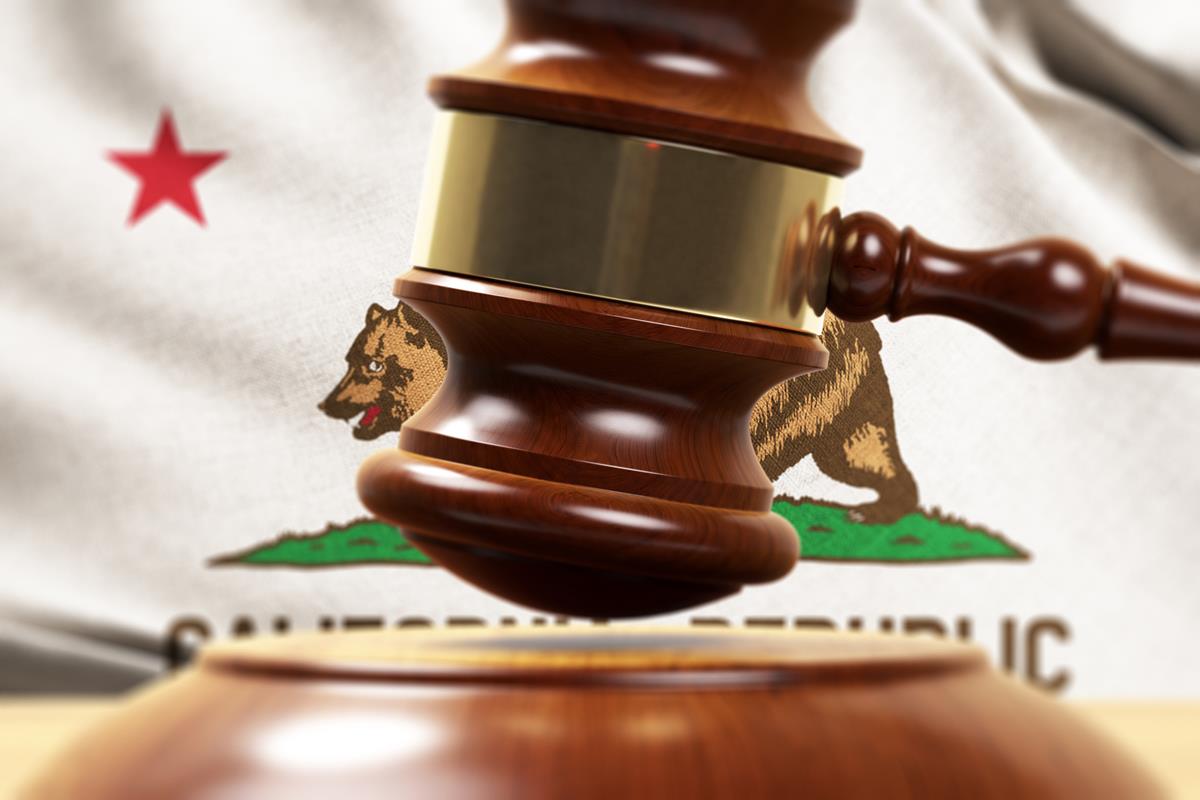Cal. ex rel. Sills v. Gharib-Danesh

(Required Filing of Complaint Under Seal in Qui Tam Action Under California False Claims Act and California Insurance Frauds Prevention Act, Ins. Code, § 1871 Et Seq. Tolled Mandatory Requirement to Bring Action to Trial Within Five Years, Because Complaint Could Not Be Served While Case Was Under Seal and Moving For a Stay Was Not Necessary Because Stay of Prosecution Was Accomplished by Operation of Statute and Would Have Been an Idle Act)
(June 2023) - In Cal. ex rel. Sills v. Gharib-Danesh, 88 Cal. App. 5th 824, 824, 304 Cal. Rptr. 3d 865 (2023), the California Second District Court of Appeal reversed the superior court’s finding that California’s “five year rule” (requiring civil trials to occur within five years of filing) barred the plaintiff’s qui tam action for medical insurance (workers’ compensation) fraud under the California False Claims Act (CFCA) and Insurance Frauds Prevention Act (IFPA).
Under the qui tam provisions of the CFCA and IFPA, an individual may bring an action on behalf of the state to recover for fraud committed against the government. However, she must first file the action under seal and in camera. Only specified government entities initially receive a copy of the complaint: the Attorney General in the case of the CFCA, and the Insurance Commissioner (Commissioner) and the local district attorney in the case of the IFPA. This process gives the relevant government entities an opportunity before the existence of the complaint becomes public to investigate the claims of fraud, to notify any additional government agencies with a potential interest in the matter, to consider whether to bring charges other than what is contained in the complaint, and to decide whether the agencies themselves will intervene and prosecute the civil action.
While the action is under seal for these purposes, no one may serve the complaint on the defendant(s). Only when the relevant government agency notifies the court of its decision regarding whether it will intervene in the action can the seal be lifted. And only when the court lifts the seal in connection with this intervention decision can the summons and complaint be served on the defendant(s) and litigation of the action begin. Prior to that time, the qui tam plaintiff is not allowed to take any steps to prosecute the case.
In Sills, the plaintiff filed her qui tam complaint under seal and in camera as statutorily required. It remained under seal for 962 days, until the court was informed the state had decided not to intervene, and the court issued an order lifting the seal. After the complaint was unsealed and the plaintiff was permitted to prosecute the action, service was effected on the defendants. Discovery and motion practice proceeded, except for periods when the case was stayed because of pending criminal prosecutions of certain defendants named in the qui tam complaint.
Before trial, however, the defendant brought a motion to dismiss, and the key issue turned on whether the period under which the plaintiff’s qui tam complaint was under seal operated to toll or stay the five-year rule. The trial court held “that the time [the complaint was] under seal does not stay the matter nor provide any other reason to extend the [five-]year statute” and ordered the case dismissed because including the sealing period in the computation meant more than five years and six months had elapsed since the filing of the complaint.
The Court of Appeal reversed and remanded. Section 583.310 provides, “An action shall be brought to trial within five years after the action is commenced against the defendant.” Cal. Civ. Proc. Code § 583.310. Section 583.340 provides, “In computing the time within which an action must be brought to trial pursuant to this article, there shall be excluded the time during which any of the following conditions existed: . . . (b) Prosecution or trial of the action was stayed or enjoined.” Cal. Civ. Proc. Code § 583.340 (Emphasis added.)
The plaintiff contended that the 962-day seal period constituted a stay under section 583.340. In response, the defendants contended that the plaintiff could have moved for a stay but did not. The Court held that section 583.340 does not require a stay by court order but rather resulted from operation of statute:
The Legislature has directed that the CFCA “be liberally construed and applied to promote the public interest.” (Gov. Code, § 12655, subd. (c).) As the Attorney General points out, adopting defendants' position that a CFCA action is not stayed while the action is sealed is contrary to this directive. It might force government agencies to choose between an adequate investigation before intervening and having enough time to properly litigate a case to trial once the case is unsealed. It would also likely lessen the appeal to a qui tam plaintiff in filing a CFCA action, as she would face the possibility of being left in charge of litigating the action without having sufficient time to do so properly once the government investigation concludes and the matter is unsealed. It would further have the perverse result of the largest and most complicated allegations of fraud requiring the greatest amount of investigation being afforded the least amount of time to get to trial once the intervention decision is made. These same concerns apply with equal force to cases brought by interested persons under the IFPA.


